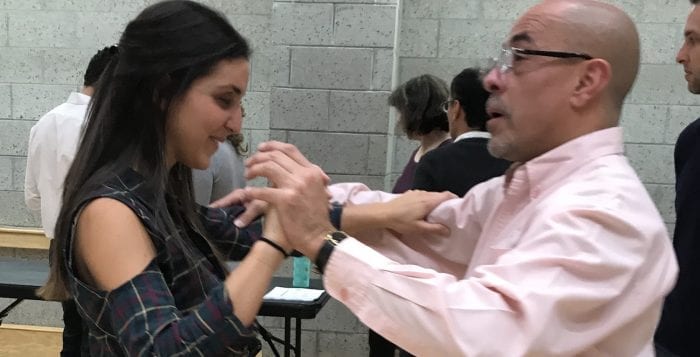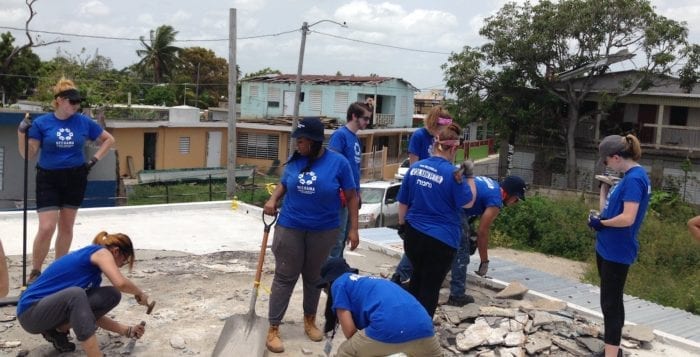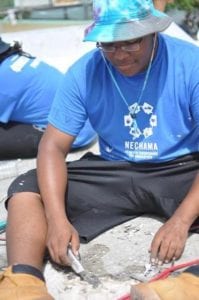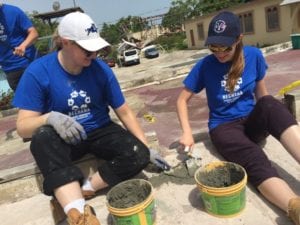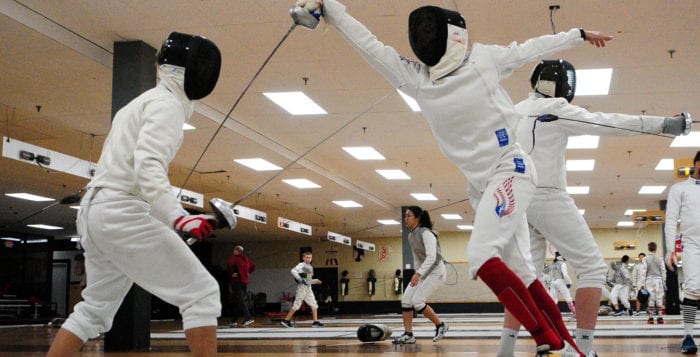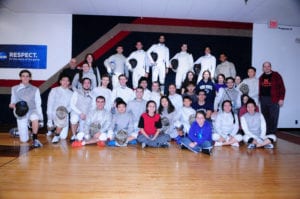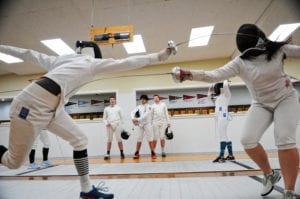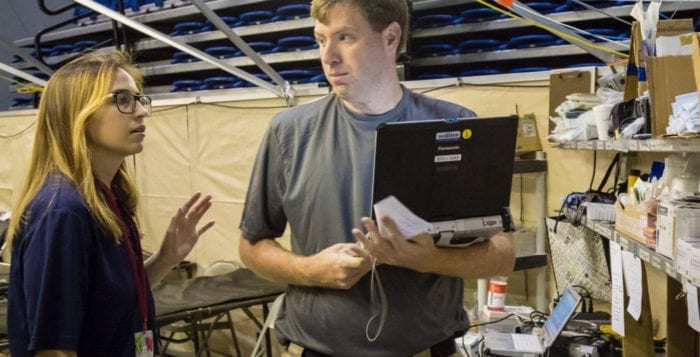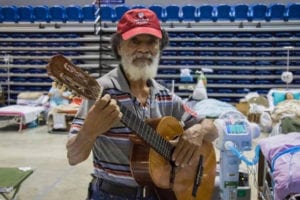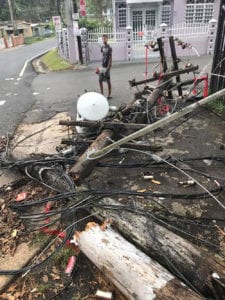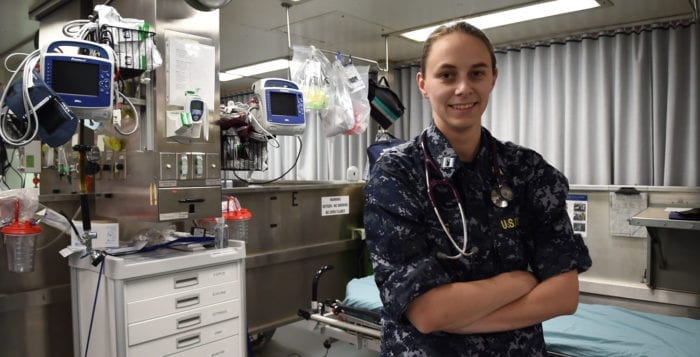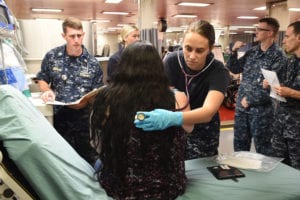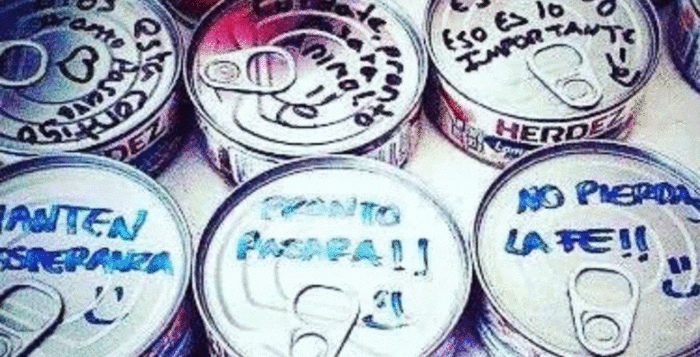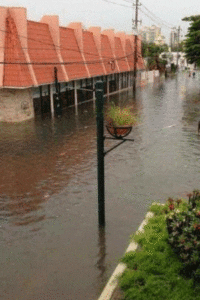Many parts of Puerto Rico are still reeling from the effects of Hurricane Maria more than two years after the storm, and North Shore residents are lending a helping hand.
“I felt like we could gather a great group of people to support Puerto Rico.”
— Liz Kotseas
A salsa-dancing fundraiser will be held at The Bates House in East Setauket Dec. 8 to raise funds for The Ocean Foundation. The nonprofit works to support, strengthen and promote organizations dedicated to reversing the destruction of ocean environments.
“We’re helping to restore their natural barrier which has been devastated,” said Liz Kotseas, one of the event’s hosts and organizers.
Jason Donofrio, external relations officer of The Ocean Foundation, said the organization focuses on nature-based solutions, and all the proceeds from the event will go toward its sea grass growth program, which will help plant sea grass and restore mangrove forests in Jobos Bay, a federally protected estuary in Puerto Rico.
“They are sort of the island’s first line of defense,” he said.
Former Stony Brook University student Danny Rodriguez, who will also be hosting the event in part Dec. 8, inspired the idea when he organized a fundraiser at Stony Brook University’s Student Activities Center to raise money for Hurricane Maria victims in Puerto Rico back in Nov. 2017. The initial fundraiser, like the Dec. 8 one, included salsa-dancing lessons and music.
Rodriguez, who lives in Mount Sinai and teaches Spanish at Longwood High School, said in 2017 that he wanted to travel to Puerto Rico, but his studies made it difficult to travel there.
“That’s what my heart really wanted to do,” he said.
With experience with fundraisers in the breakdancing world, and a dancer himself, he approached Aurelie Vialette, an associate professor and director of graduate studies at SBU, who helped him organize the 2017 SBU event. He said the only date available was right before Thanksgiving when many students were already leaving to go home for the holiday, but despite the bad timing, about three dozen attended and around $300 was raised.
“Everything came together on very short notice and all worked out pretty well,” he said.
“I think how we respond to a community that is part of the U.S., that is in our own backyard, says a lot about us as Americans and what it’s like to live in the U.S.”
— Jason Donofrio
Kotseas, a Setauket resident and a member of SBU’s Department of Linguistics, said she heard about the 2017 event through a flyer at the university and decided to bring her niece, Alexa Siragusa. The cause is personal for Kotseas as she has family in San Juan and Caguas, Puerto Rico. She said there are still many residents who haven’t fully recovered, including some who still have tarps on their roofs.
At the 2017 event, she approached Rodriquez about holding one at a bigger venue in the future.
“I had the Three Villages in my mind,” Kotseas said. “I felt like we could gather a great group of people to support Puerto Rico.”
Rodriguez said he was glad Kotseas recommended the Three Village area after his dance students from On the Edge Performance Center in Port Jefferson, where he teaches, performed this summer at the Three Village Kids Lemonade Stand event, which raises money for Stony Brook Children’s Hospital. Rodriguez said he was impressed with the students’ success.
“I feel like this has the same type of potential to bring that same community together,” he said.
Donofrio said this was the first time someone has raised money for the foundation with a salsa dance fundraiser, adding that oftentimes people forget that Puerto Rico is part of the U.S.
“This is not some war-torn country or some developing nation far across the world, this is U.S. territory,” he said. “So, I think how we respond to a community that is part of the U.S., that is in our own backyard, says a lot about us as Americans and what’s it like to live in the U.S.”
Rodriquez credits Kotseas and Tammy Colletti, who will also host the fundraiser, for doing most of the work. Kotseas added that the Copiague-based Promise of Hope Foundation, which Colletti is co-founder of, made the event possible by sponsoring it. She said so far Pentimento Restaurant, Waverly Liquors and Olde Towne Gardens have provided food, cheer and services, respectively.
“The support from local businesses has been wonderful and really shows the generous spirit of our community,” Kotseas said.
Tickets for the salsa fundraiser are $75 each. The event will include food, wine, beer and other refreshments as well as dance lessons and entertainment. Those interested can email Kotseas at [email protected]. The Bates House is located at 1 Bates Road in Setauket.

